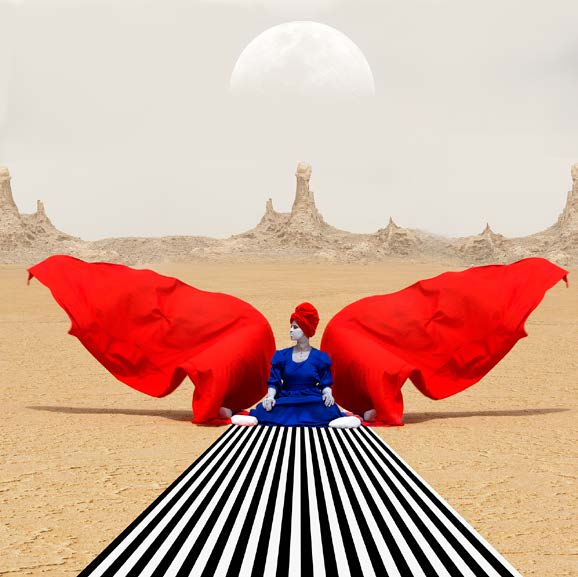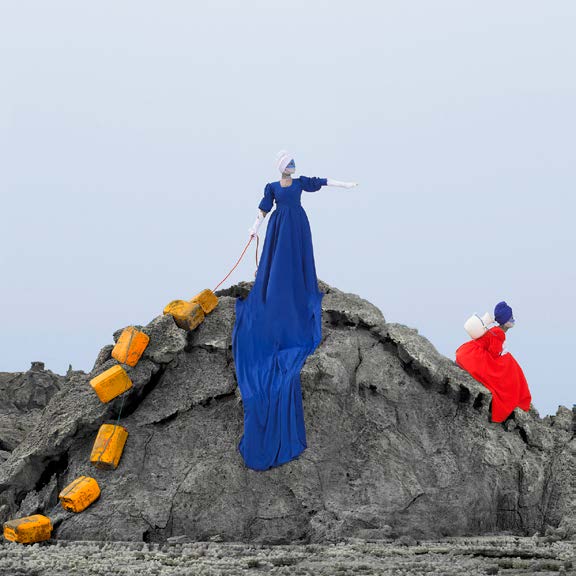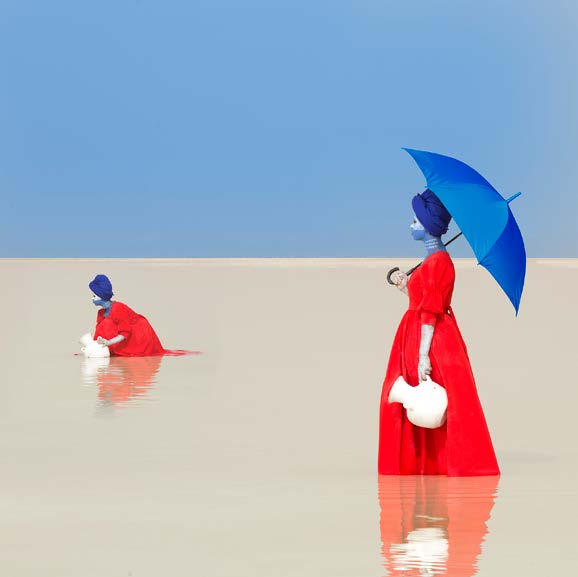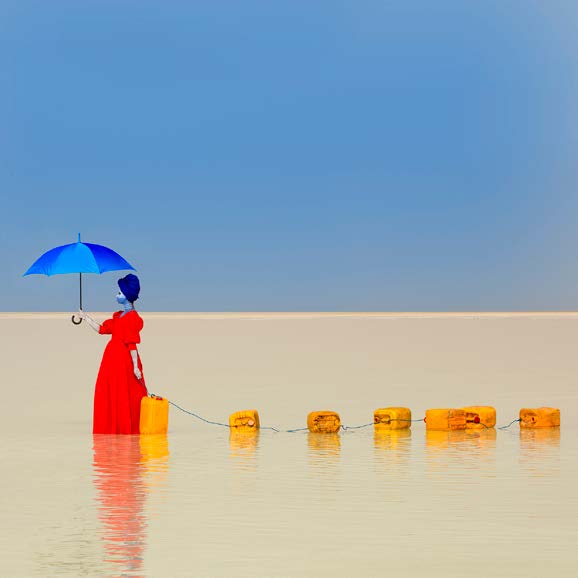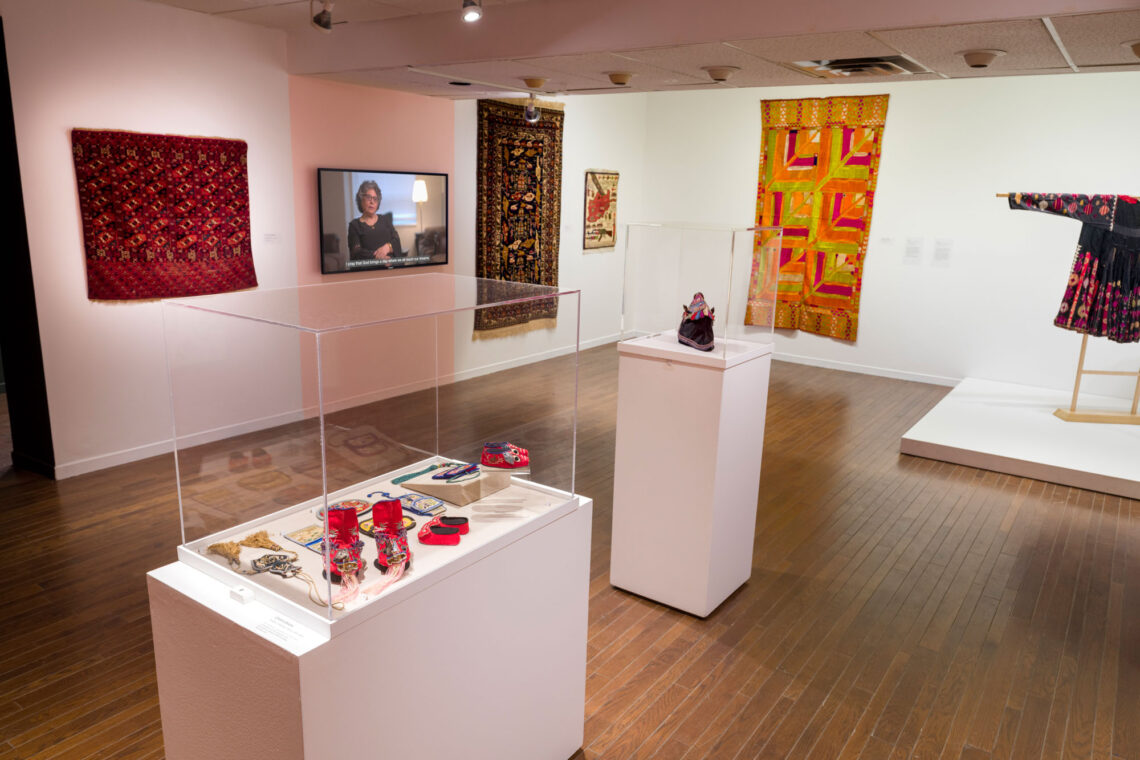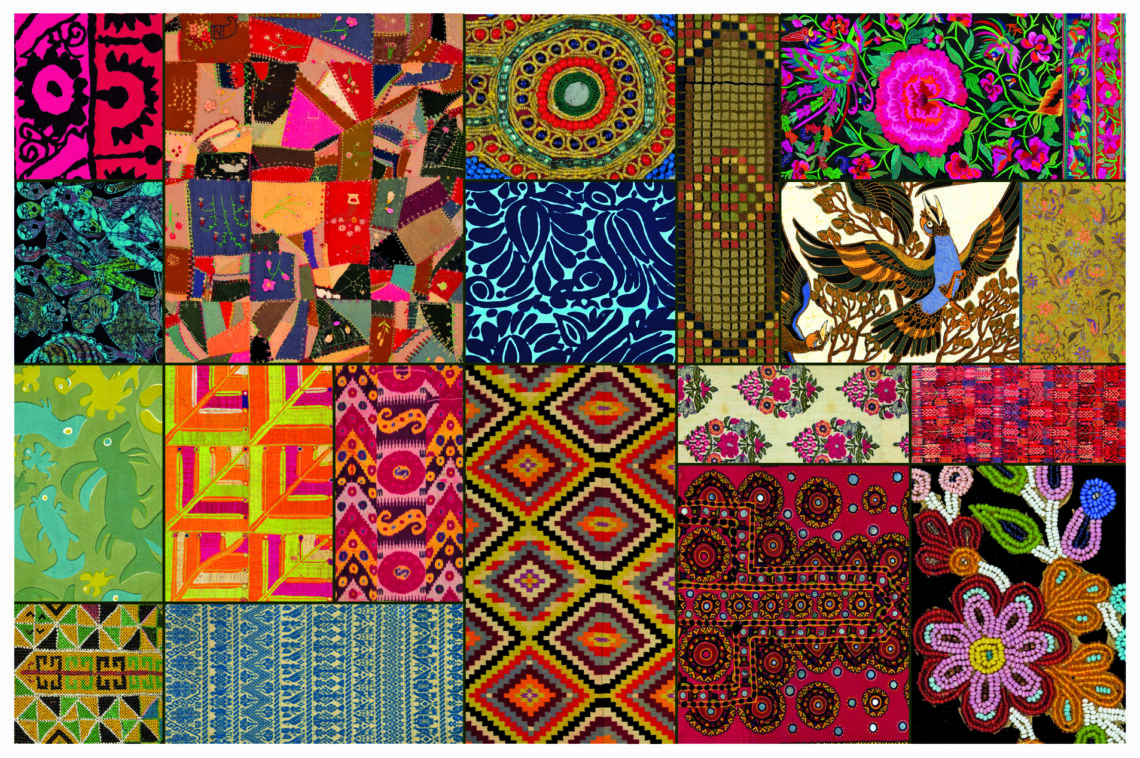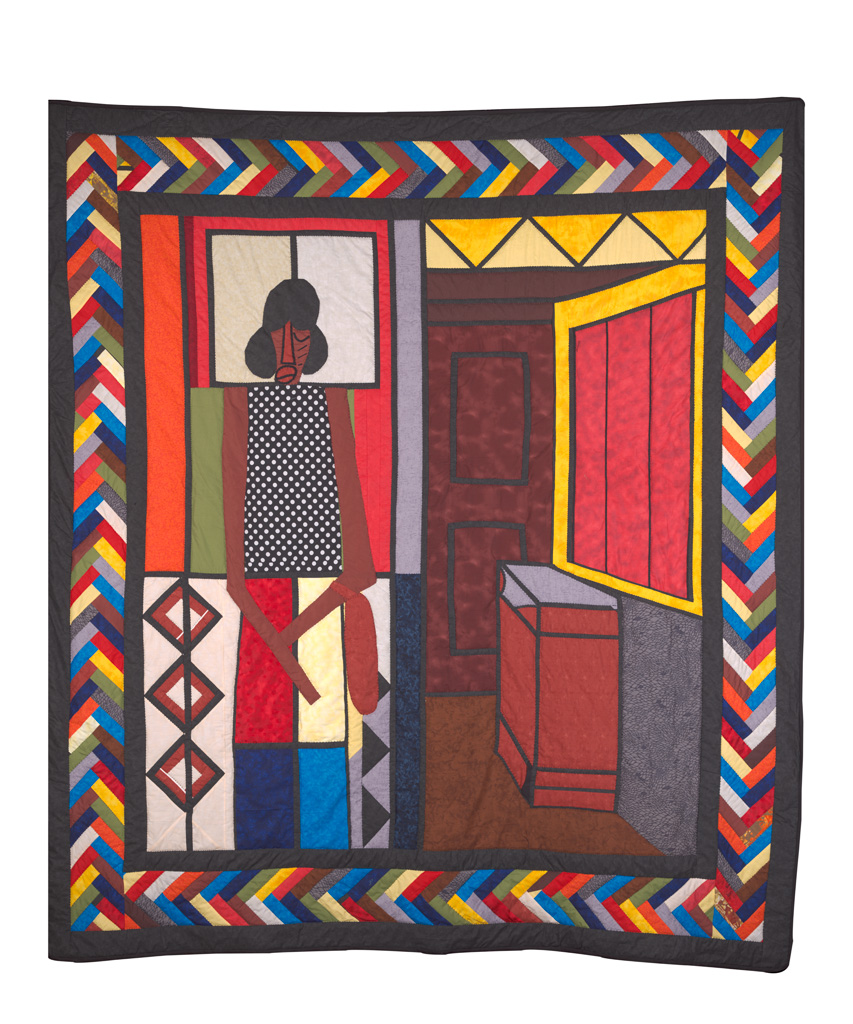Aïda Muluneh: Water LifeAïda Muluneh
Ethiopian-born Aïda Muluneh created the series Water Life in the arid salt flats region of Dallol, Afar, in Northern Ethiopia—one of the hottest and driest places on earth. The artist’s vibrant photographs address the impact of living without access to clean water on local women and girls, while drawing attention to other communities around the world suffering from water scarcity.
Muluneh’s theatre of colourful images of women wearing magnificent garments of flowing reds, yellows, and blues is inspired by traditional, regional Ethiopian dress. With bodies and faces transformed by adaptations of traditional body-paint ornamentation, the women are carried forth into new worlds of possibility. These evocative gestures allow the artist to build a bridge of continuity between ancestral knowledge and imagined futures. Her work situates formal relationships between women and textiles across cultures, and reinforces interconnections between art, social justice, and access to water—the life-blood of human health and well-being.
In her artist statement, Muluneh writes: “My main goal is to address the plight of water access and its impact not only on a society but also on women in rural regions. For those of us who live in cities, we often take for granted the privilege that we have in relation to water access, while those living beyond the city grid encounter challenges that not only impact their health but also their capability to contribute to the development of their communities. With this in mind, each piece is a reflection in addressing the impact of water access as it relates to women’s liberation, health, sanitation, and education.”
Water Life is defined by its vivid imagery and scrupulous detail. In The Shackles of Limitations (2018), a woman dressed in red holds a blue umbrella against a cloudless, pristine blue sky as she wades through the lake’s salty shallows, trailing a string of yellow jerry cans that float along the water’s surface. Simultaneously skeptical and optimistic, she appears steadfast in her forward journey toward improved irrigation for the region. The image speaks to the paradox of the unpotable water that resides mirage-like in and beneath Dallol’s salt lakes. Similarly, Star Shine, Moon Glow (2018) shows a seated woman framed by enormous, bright red, billowing fabric “wings,” with a full moon hovering behind her as a reminder that most girls in Ethiopia do not attend school during menstruation due to the chronic lack of water and resulting unsanitary conditions. Each girl is “like a caged bird that cannot fly but is grounded,” says the artist.
These staged scenarios set up striking visual tensions between parched landscapes, the female body, and graphic elements that relate to women’s health the world over. By refusing to locate her female figures in stereotypical domestic settings, but instead situating them in dynamic, illusionary compositions, Muluneh transforms clichéd representations of rural African life into powerful pictures of the inner lives of women, framed by otherworldly architectural scenes and natural surroundings. Amid their graphic allure, the images in Water Life are anchored by familiar household items—such as water containers, a fractured plumbing system, or an empty mug—that accompany the women as they bring to light the world’s troubled waters and the inequitable burdens of daily life.
Listen to ‘Water Life’ artist Aïda Muluneh discuss her work in a recent episode of the Aga Khan Museum’s podcast ‘This Being Human’ in partnership with TVO. Aïda talks about developing her artistic voice, the role of spirituality in her work, her series on Islam in Ethiopia, and what she thinks Westerners get wrong about African art.
Take a deeper look at Water Life and listen to excerpts of This Being Human podcast where Aida talks about her work and textile journey on the Textile Museum of Canada App.
About the Artist
Born in Ethiopia in 1974, Aïda Muluneh spent her childhood between Yemen and England. She settled in Calgary, Alberta in 1985, where she attended high school before studying at Howard University in Washington D.C. She is the 2007 recipient of the European Union Prize in the Rencontres Africaines de la Photographie in Mali; the 2010 winner of the CRAF International Award of Photography in Italy; and a 2018 CatchLight Fellow in San Francisco, USA. In 2019, Muluneh became the first black woman to co-curate the Nobel Peace Prize exhibition and returned in 2020 as a commissioned artist. As an educator and cultural entrepreneur, she develops local and international projects in Ethiopia and Côte d’Ivoire.
Presented by the Textile Museum of Canada in partnership with Scotiabank CONTACT Photography Festival, with additional support from Partners in Art, and the Aga Khan Museum.
 .
. 

Become a Member of the Textile Museum Today
And enjoy unlimited free entry to all the Textile Museum's exhibitions, plus much more.
Join Today